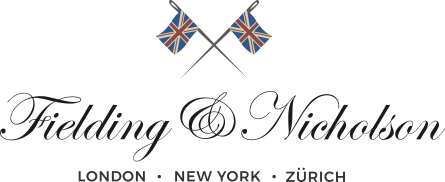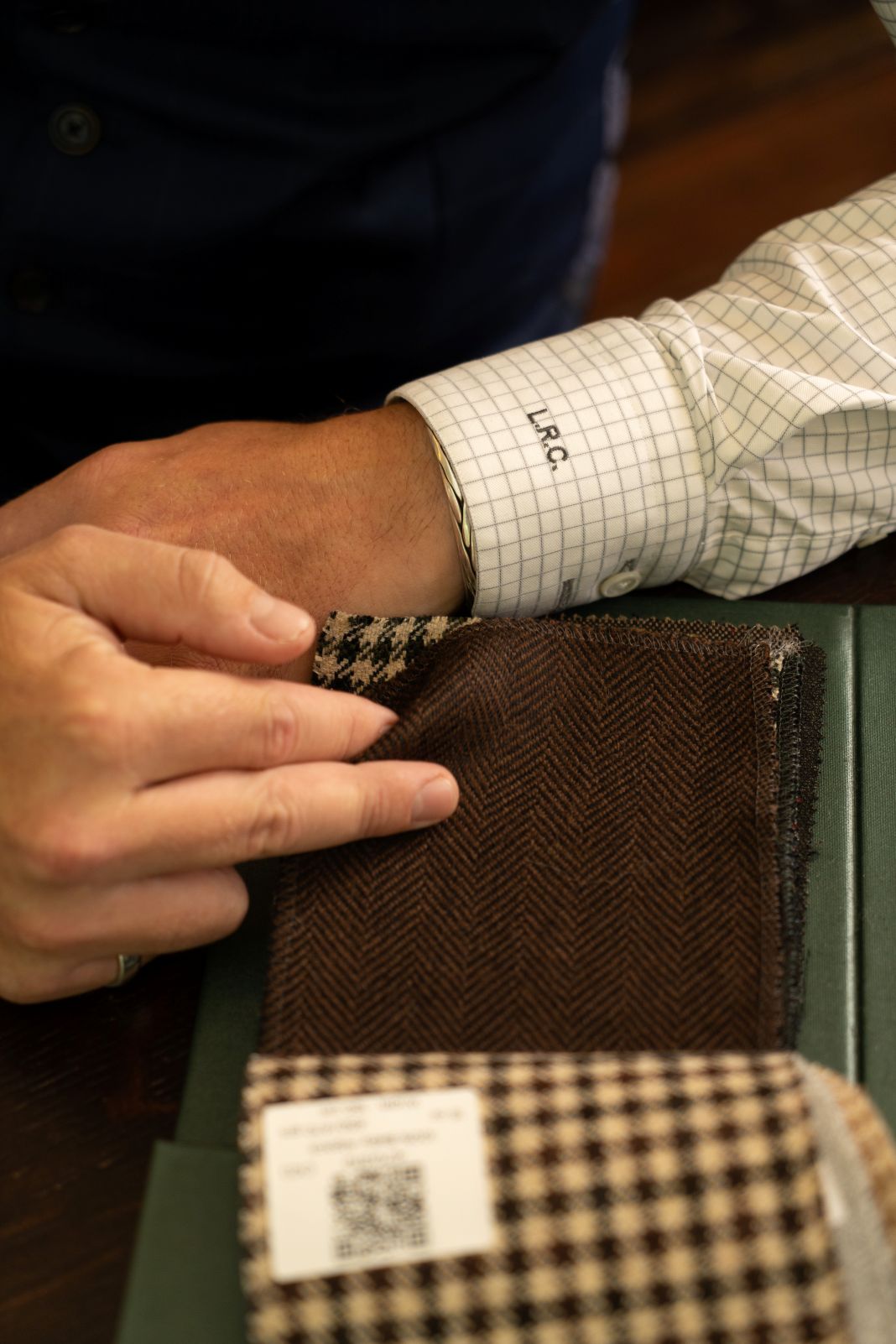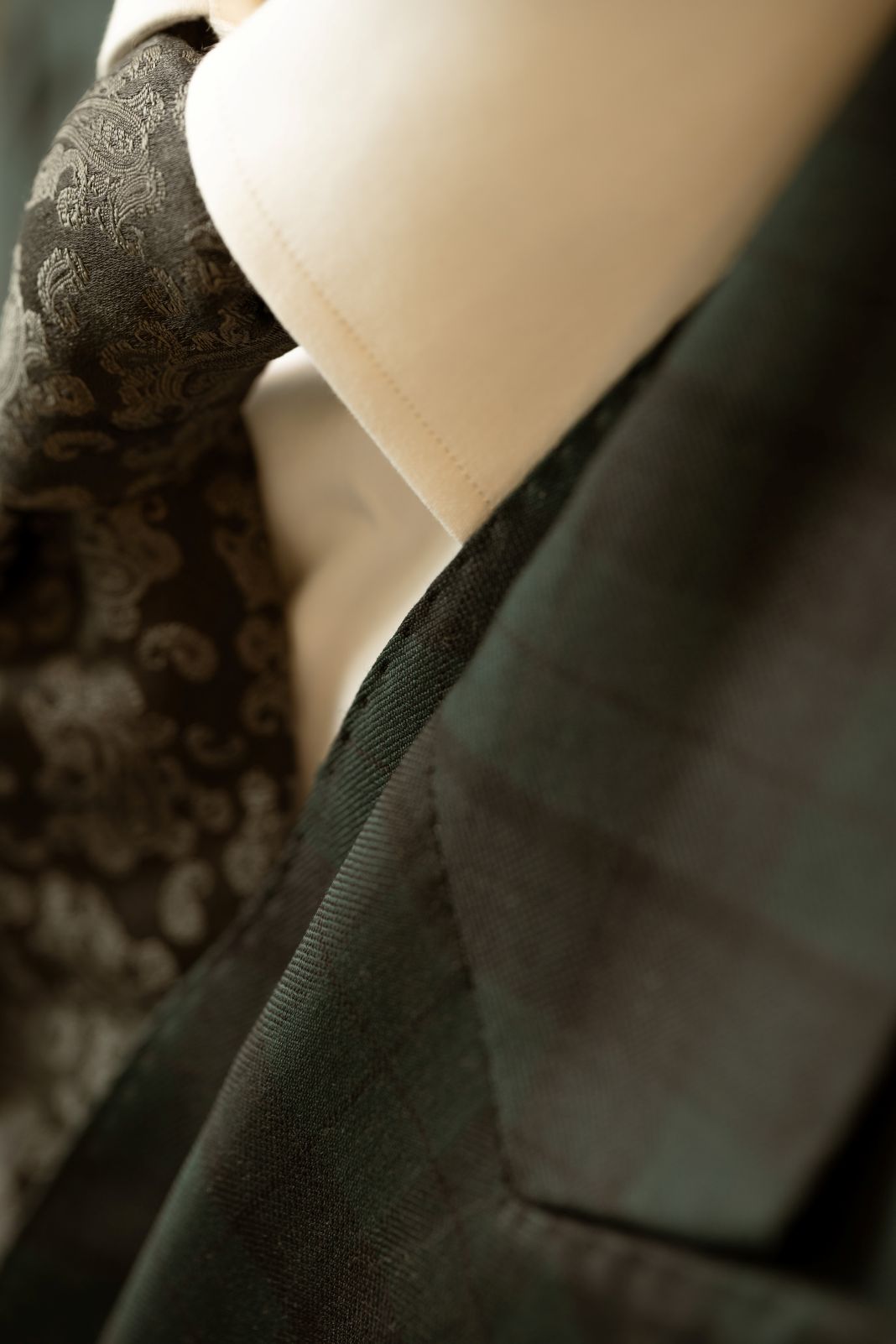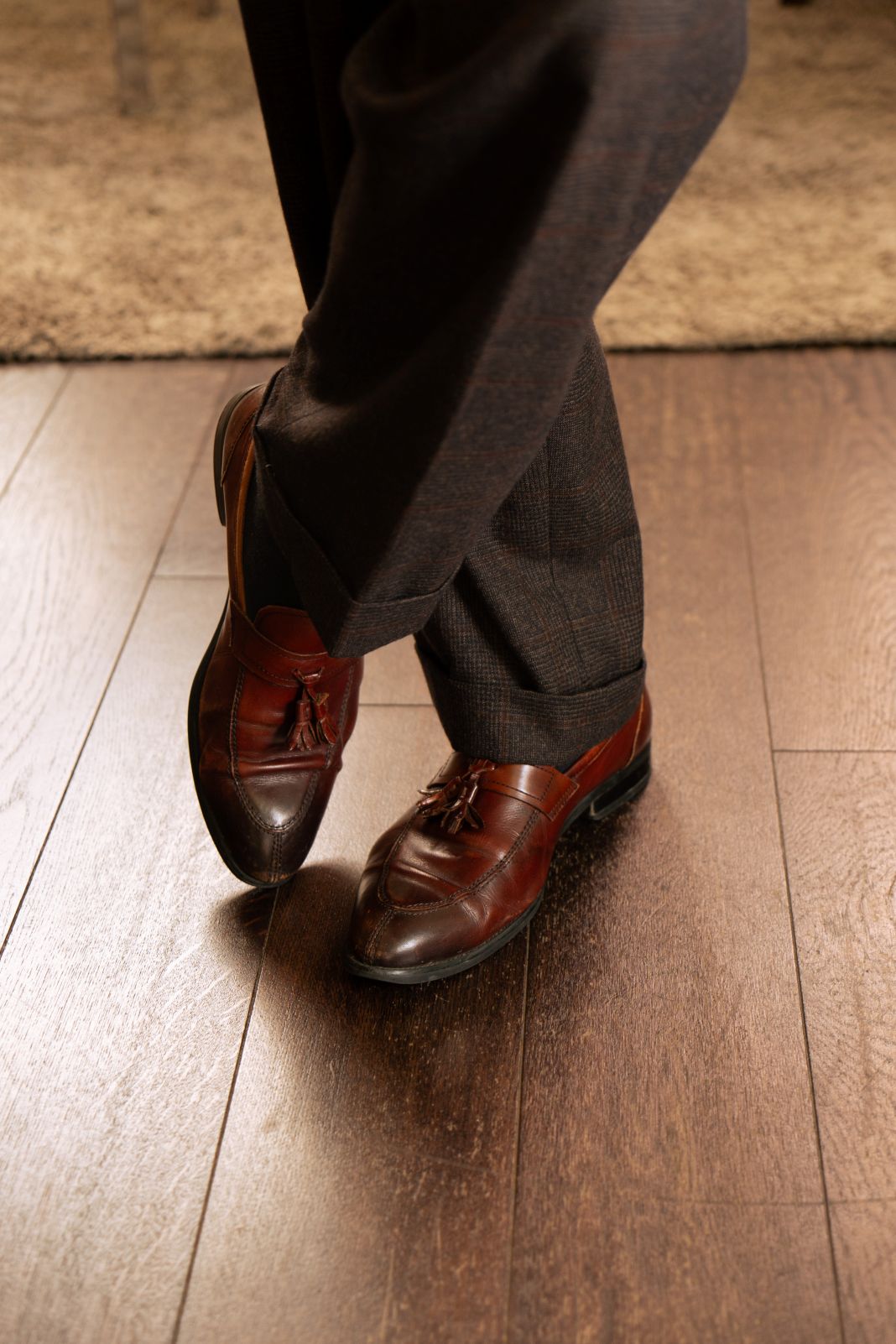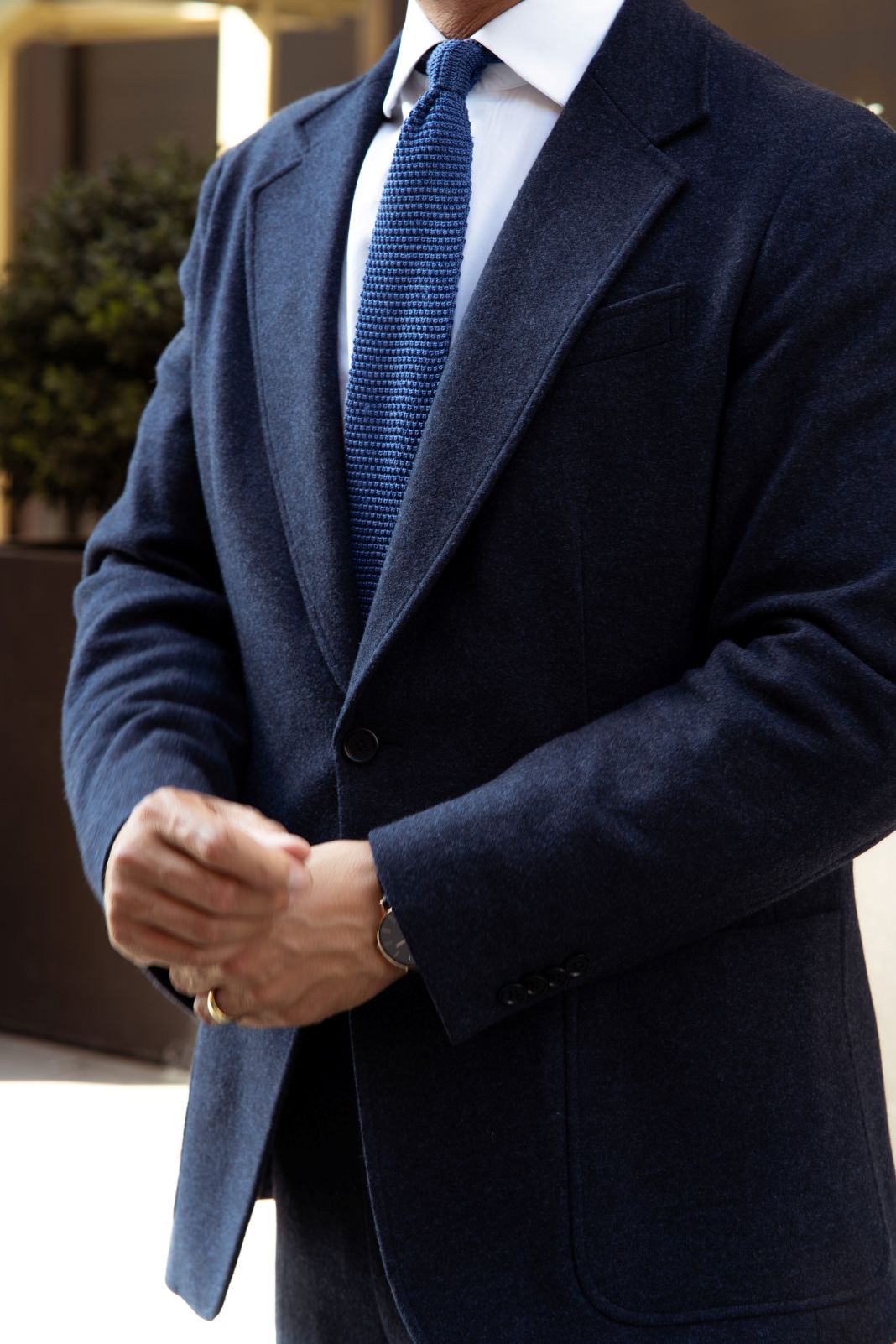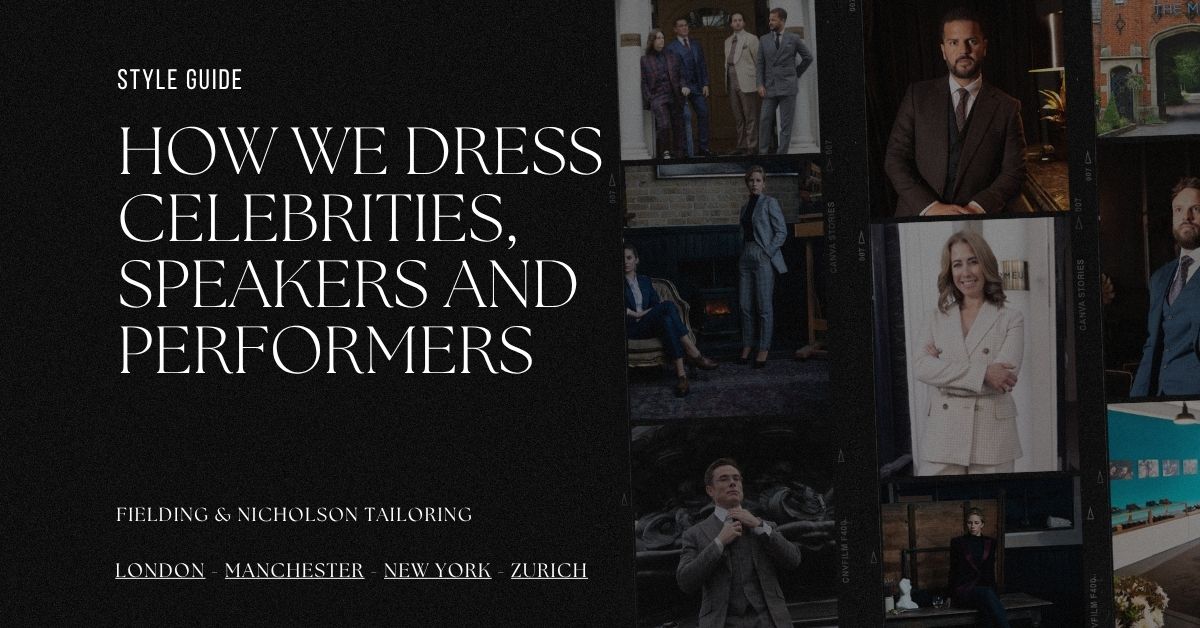What makes stage tailoring different from everyday or red carpet suits?
Stage tailoring is about freedom to move, comfort under pressure and confidence when it matters most. Unlike red carpet looks, stagewear transformation focuses on support, behaviour under lights and absolute reliability in front of an audience.
Behind the Curtain: The Moment a Suit Became a Story
The room hummed with quiet conversations and the occasional crackle of radios. Cables were adjusted. Lights checked. A speaker waited behind the curtain, hands clasped, eyes scanning the floor. He had practised this keynote repeatedly, but now the moment had arrived. He looked in the mirror and saw the jacket. Sharp. Strong. Balanced. He stopped pacing.
This wasn’t just fabric. It brought stillness. Focus. Readiness.
Backstage tailoring supports presence. In that moment of pressure, the right suit settles the nerves and sharpens the focus.
Behind the curtain is where image becomes confidence and tailoring becomes performance.
Pro Tip: Avoid shiny fabrics like satin or fine pinstripes as they often misbehave under stage lights and cameras.
Book Your Stagewear Consultation
Get personalised advice on fit, fabric and function for your next big appearance.
More Than Looks: Why Stage Tailoring Demands a Different Approach
A great red carpet suit may falter on stage. Suits designed for speaking and performance solve problems others overlook. They need to accommodate microphone packs, handle stage heat and allow freedom of movement, all while maintaining a sharp, clean silhouette.
A speaker gestures, moves, shifts weight. A suit must support every motion. That is why we adjust the canvassing, cut the sleeves for reach, choose breathable linings and use finishes that can cope with hours under hot lights.
One speaker told us, “I didn’t expect a jacket to help me breathe, but it did.” The right construction changes everything. It is breathable tailoring that balances structure with moisture management.
The Truth About Fabrics Under Lights and Cameras
What happens to fabric under LED lighting? How does it hold up on camera?
Some fabrics perform well in person but fail on screen. We have seen expensive materials like cashmere glow or flare under spotlights. Gabardine or mohair often provide better structure, less sheen and more clarity on video.
We once tested three jackets under a Fresnel beam. The cashmere appeared radiant to the eye but bloomed on video. The mohair retained shape but shimmered slightly. Gabardine came through clean and crisp, ideal for the whole event season.
Pinstripes and textured weaves may flicker on camera, creating moiré effects that distract. Adjusting suits for camera conditions is part of the planning. The best fabrics for stage are the ones that behave reliably under pressure, under light, movement and scrutiny.
Pro Tip: Always test your suit under the actual lighting setup before your event to avoid surprises on camera.
How We Design Suits That Move With the Performer
How can a suit support motion without losing shape?
Designing for movement starts with watching how someone walks, gestures or stands. We consider their habits, how they hold tension and how they breathe.
The technical decisions are discreet but essential. We use soft shoulders, hidden vents, flexible linings and allow room in the scye. Strategic darting shapes the garment without locking the body in place.
Microphone packs present another challenge. We create space that does not add weight or bulk. A properly designed suit allows movement that feels effortless.
Quick Change Tailoring Techniques
When timing is tight, clothes must respond quickly. We have created jackets with magnetic closures that look traditional but release in seconds, or multi layer garments that go from keynote to evening reception without a mirror. These allow speakers and performers to adjust fast while maintaining structure and polish.
Expert Tailoring That Moves With You
Designed in London and made for movement. Book your fitting today.
Collaborating With Stage Crews, Lighting Teams and Stylists
Why does backstage collaboration matter in tailoring?
We do not work in isolation. Stylists, lighting directors and AV technicians all affect how clothing performs on stage.
Lighting changes can reveal unwanted glare. Camera tests might show unexpected folds or flashes. In some cases, we have rebuilt panels overnight to respond to production changes.
Stylists regularly ask for garments that adjust easily or allow for silent removal. We design accordingly. This level of tailoring and stylist collaboration supports the full backstage system.
Collaboration With Speaker Bureaus and Producers
For larger events, we coordinate with speaker bureaus, event managers and production teams. We review stage conditions, colour themes, camera setups and travel logistics to ensure consistency across cities or venues. This prevents surprises and keeps clothing aligned with technical and cultural expectations.
The Psychology of Power Dressing for High Stakes Moments
Can a suit change how someone feels before walking on stage?
Dressing before a performance becomes a personal ritual. It brings mental focus. The moment the jacket is fastened, posture changes and the inner voice quiets.
The right materials, natural, responsive, comfortable, reinforce calm. The cut, the colour, even the texture creates a feeling of readiness.
Some clients have linings in their organisation’s colours. Others request symbols or stitching that connect to family or personal goals. These quiet details build connection and confidence.
When someone says, “I felt like myself, just sharper,” we know the clothing has done its job. That is the impact of stage presence clothing with personal meaning.
Final Fittings: What It Means to Dress Someone for the Spotlight
What happens in the final moments before someone steps on stage?
Steam. Lint rollers. Mirror checks. Garment bags unzipped quietly backstage. We prepare so they do not have to think about it.
The final suit fitting is an assurance. We re press sleeves. Reset buttons. Reconfirm structure. And when the suit goes unnoticed, when it disappears from the client’s thoughts, that is the sign it fits.
Dressing for the spotlight is part of the preparation. We are not on the stage. But our work helps someone else stand taller, speak with confidence and connect more clearly.
And when they walk into that light and forget the fabric entirely, that is when we know it worked. That is what a truly stage ready suit does.
